Stackable tea tins with compact, crush-resistant design: perfect for travel and on-the-go tea
As a manufacturer with over a decade of experience in tin can manufacturing, we understand how poorly designed tea tins can make travel and storage a hassle. That’s where stackable tea tins come in: their compact, nestable design reduces luggage clutter by 30-40% compared to traditional tins. At the same time, their crush-resistant construction protects delicate tea leaves from the bumps and pressure of luggage or backpacks. Therefore, we’ll explain why stackable tea tins have become the gold standard for traveling tea lovers, how we, as a tea tin supplier, can enhance their durability, and how custom tins can enhance your travel experience.
What Makes Stackable Tea Tins So Compact? Key Design Choices for Tea Tin Suppliers
The first key feature of stackable tea tins is their nesting lid and base design. The lid of a stackable tea tin securely fits onto the base of another tin, creating a tight, wobbly stack. Unlike traditional tea tins, this design allows you to stack 3-5 tins vertically without wasting space, making them perfect for the side pockets of carry-on luggage or the small compartments of a backpack. Second, tea caddy suppliers can utilize standardized stackable tea caddy sizes. Standard travel-friendly sizes include 2 oz, 4 oz, and 6 oz.
These sizes align with typical suitcase dimensions, ensuring you won’t find a tin too tall for your toiletry bag or too wide for your travel backpack. Third, many stackable tea caddies feature a slim profile, characterized by thinner walls, which reduces their overall bulk. For example, a 4-ounce stackable tea caddy is 20% thinner than a non-stackable 4-ounce caddy, meaning you can fit two stackable caddies into the space of one traditional tin.
How do stackable tea tins protect loose-leaf tea?
Compared to standard tea tins, tea tin suppliers use thicker, food-grade tinplate to manufacture these caddies. This reinforced metal prevents dents from forming when squeezed between laptops and water bottles, or from accidental drops. Furthermore, many suppliers add reinforced rims, a small but crucial detail that prevents the top or bottom of the caddy from buckling under pressure.
To demonstrate their durability, stackable tea tins were subjected to real-world testing, simulating over 50 hours of luggage turbulence, a 3-foot drop, and 20 pounds of pressure. In these tests, stackable tea caddies retained their shape 98% of the time, while traditional thin-walled caddies dented or flattened 45% of the time. The caddies’ lining also plays a role: most stackable caddies feature a smooth, non-reactive lining that keeps the tea fresh and prevents metal shavings from contaminating it.
Solving Travel Pain Points
Besides being compact and durable, stackable tea tins also address travel anxieties that traditional tea storage methods struggle with. First, they offer a wide variety of teas, allowing you to carry multiple blends without needing bulky individual tea boxes. Stackable tea tins allow you to fit three to four blends into a single traditional caddy. Many also feature a transparent window or labeled lid, allowing you to quickly find the tea you need without having to open each caddy.
Second, they offer a spill-proof seal: A bumpy trip can cause the lid of a traditional tea tin to loosen, spilling tea into your luggage. Stackable tea caddies feature a snap-on lid with a rubber gasket that maintains a tight seal, even when shaken. Third, they’re lightweight and portable: While durable, stackable tea tins are lightweight—an 8-ounce stackable caddy weighs only 2-3 ounces—so they won’t add unnecessary weight to your luggage. These compact yet practical features make stackable tea tins a top choice for anyone traveling with tea.
Choosing from a reputable tea tin supplier
First, ask about material certification. A reputable supplier will use food-grade tinplate and a BPA-free lining, which is crucial for storing edible tea. Request third-party certification to verify product safety. Next, check for durability testing. A reputable tea tin supplier will share details about how they test their stackable tins so you know they’ll last during your travels. Third, consider customization options. If you’re a tea brand or a frequent traveler looking for personalized tea tins, look for suppliers that offer custom options, such as engraved labels, travel-themed prints, and even custom sizes. Finally, ask about delivery times and minimum order quantities.
Custom stackable tea tins create a branded and personalized experience
For tea brands, hotels, or even frequent travelers seeking personalized service, custom stackable tea tins can transform a practical tin into a memorable accessory. Tea tin suppliers offer a range of travel-specific customization options, including brand logos, tea labels, and travel-friendly designs. For one client, Tsing customized stackable tea tins for their “Travel Tea Set,” featuring a map of popular US destinations on the packaging and a built-in tea measure on the lid. This set has become their best-selling travel product, with customers citing the custom design as the primary reason for purchase. For individual travelers, customization can be even more straightforward: engrave your name on the lid to avoid confusion with your travel companions’ tea tins, or choose a color that matches your luggage. Therefore, custom stackable tea tins not only look beautiful but also offer practical value, enhancing your travel experience and making them a worthwhile investment.
A travel essential
Stackable tea tins meet all your travel needs, featuring a compact design that saves luggage space, crush-resistant material to protect delicate tea leaves, and practical features like a spill-proof lid and organized storage. As a tea caddy supplier, we prioritize food safety and durability, offering customization options to meet your needs. Whether you’re a business traveler carrying a 2-ounce jar of green tea as carry-on luggage, a camper packing a 4-ounce jar of herbal tea for a forest adventure, or a brand creating a custom tea caddy for a client, stackable tea tins prove that quality tea storage doesn’t have to be bulky or fragile.

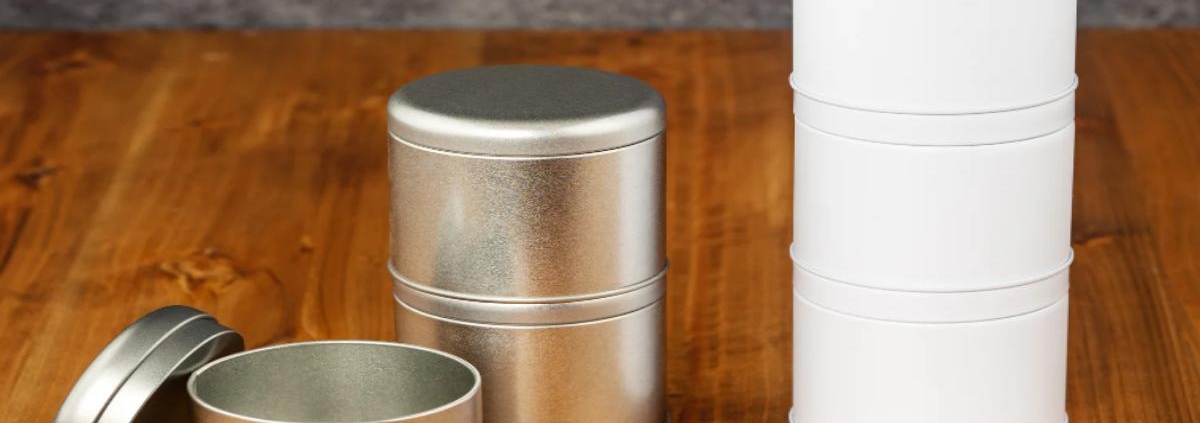
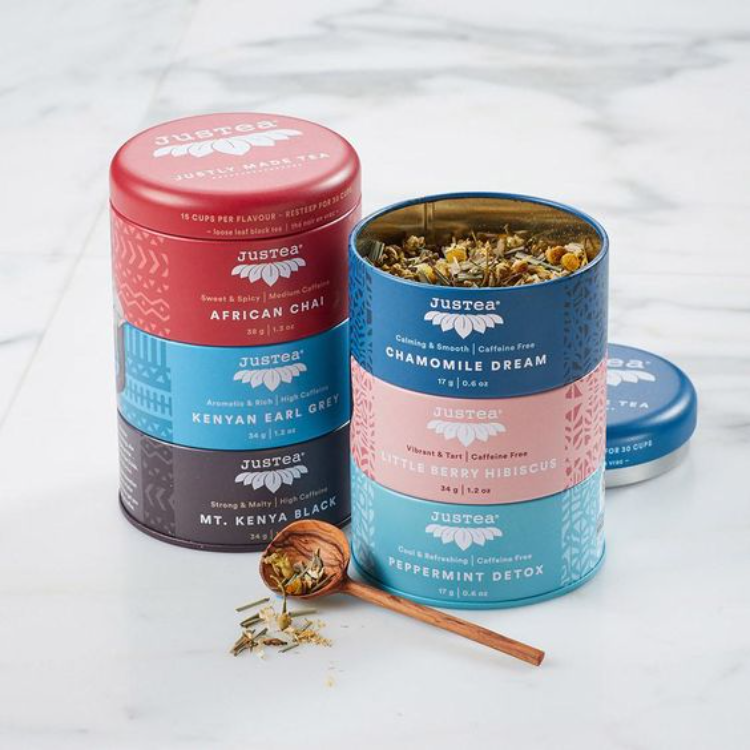
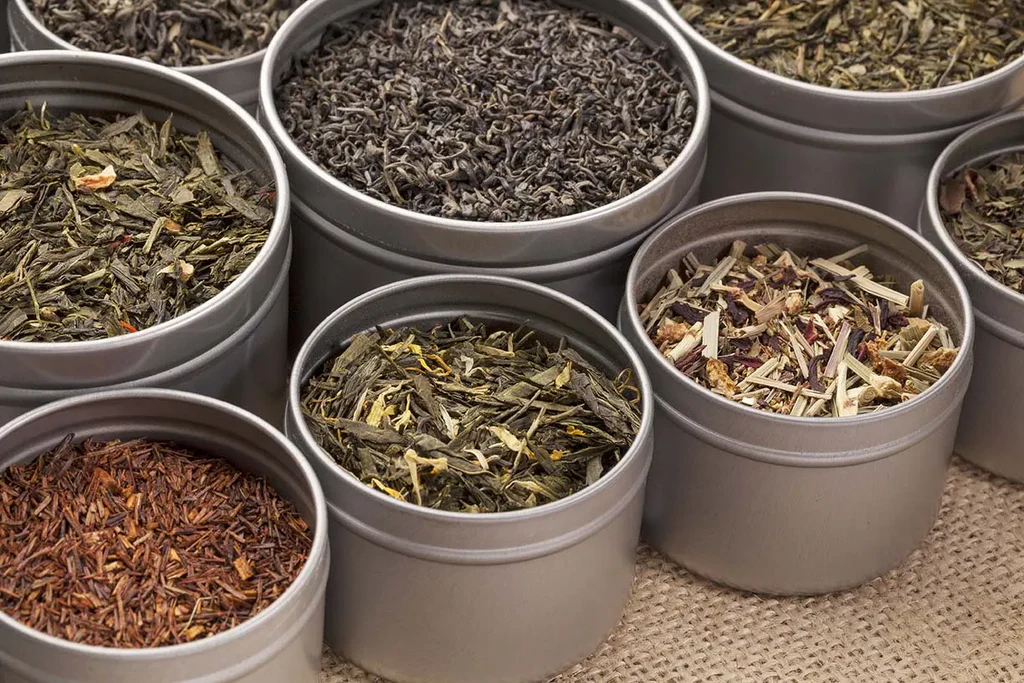
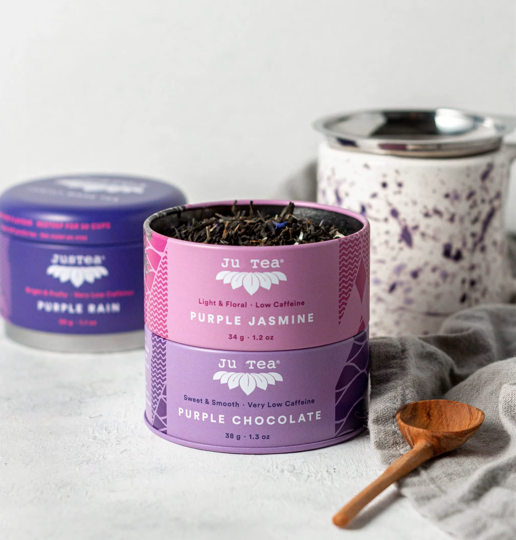
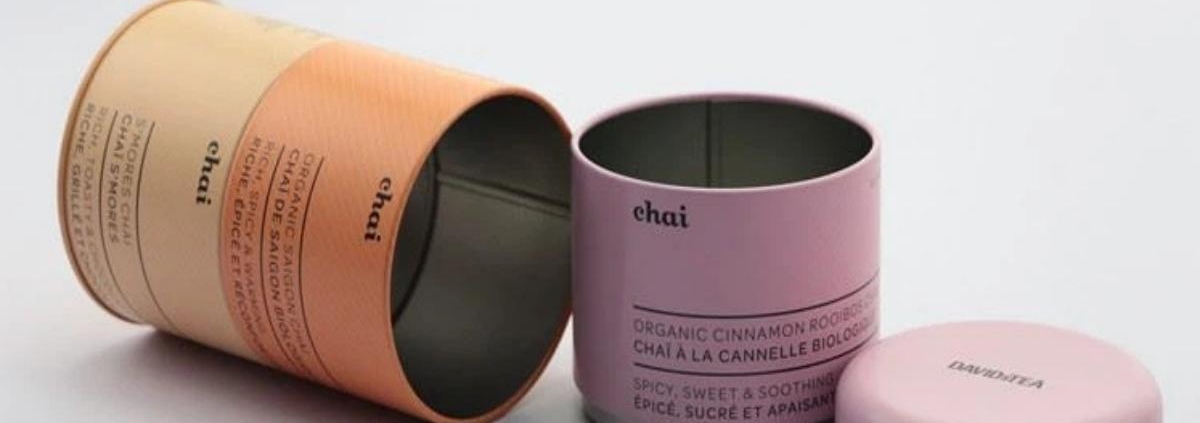
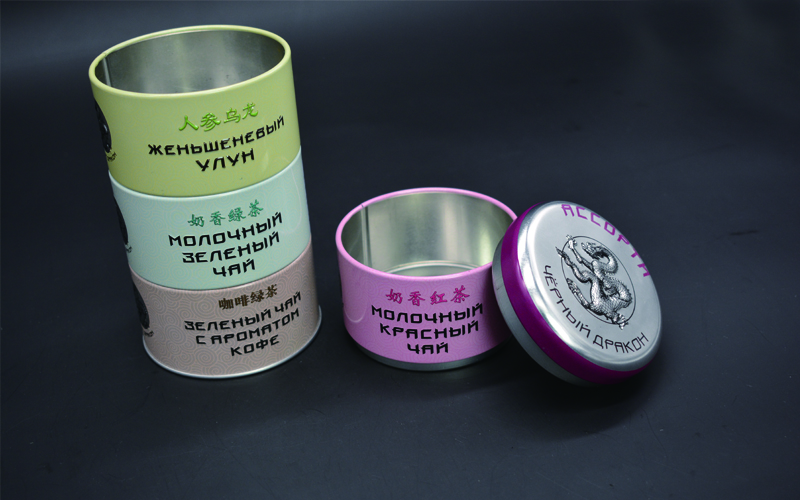
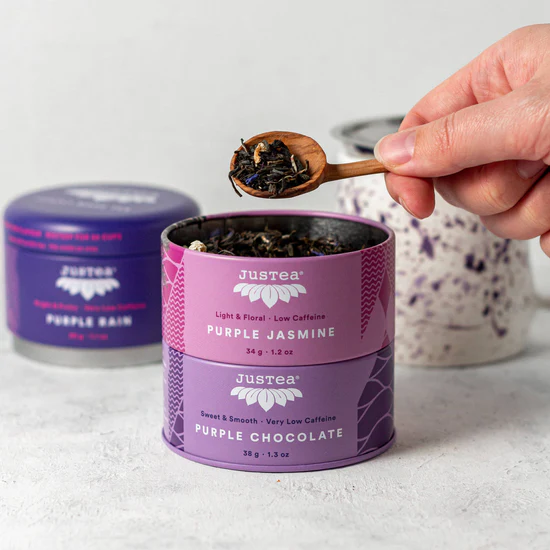




 Facebook
Facebook Twitter
Twitter Linkedin
Linkedin